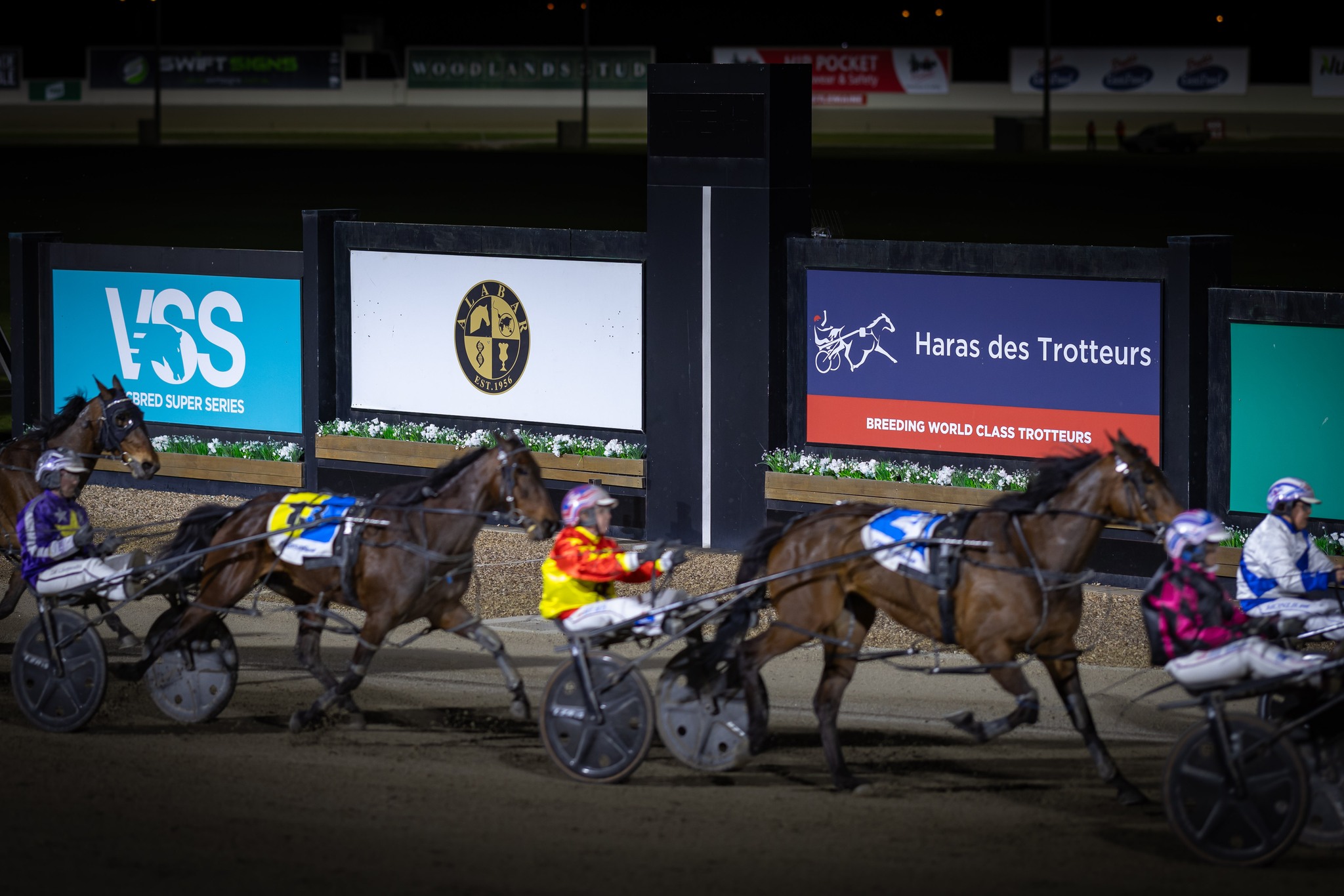 Back in those dark and forgettable days of pandemic, harness racing learned something it should have embraced.
Back in those dark and forgettable days of pandemic, harness racing learned something it should have embraced.
When we were all stuck at home – especially in Melbourne – and crowds are race meetings weren’t a thing, we saw the best races on Saturday night harness meetings from places like Melton, Menangle and sometimes Albion Park, run much earlier in the night.
There were a couple of times we saw champion pacer King Of Swing step out in the first race of the night at Menangle through August and September of 2020.
It came about because racing was one of few sports still thriving and wagering was going nuts.
More importantly, with the on-course experience not a consideration, governing bodies were able to focus on putting their strongest product (races) in the best wagering timeslots.
But when normality returned, so largely did the want for governing bodies to run the best races as the fifth, sixth or seventh races of a night meeting.
Apart from major race meetings – and I mean the really big ones – the best races should always be at the start of the night.
Why? Because that’s when the greatest punting population is still engaged with the tail-end of the major thoroughbred meetings that day.
It’s one thing trying to start meeting earlier to tap into that, but when that happens, why not use the opportunity to showcase the best of harness racing by slotting in the key races and big name horses of the night as earlier as possible?
To get your head around that, it requires facing the reality harness racing is a TV sport for 99 percent of its meetings now.
That’s not to say we give up on getting people to the track, but rather we play it smart and save those efforts for the biggest feature meetings.
On other Saturday nights, when most of those attending are participants or have an involvement with a runner, then let’s turn things upside down.
Any thought of programming the best races late to keep people at the track longer or engaged off-track longer is absolute nonsense.
The wagering figures mostly fall off a cliff after the first couple of races and that’s based on programming where moderate races – rather than the best of the night – are run as the first and second events.
There hasn’t been much said about it, but HRV has gone back to pandemic times with some of its Melton Saturday night programming in recent weeks.
The best pacing and trotting races have been kicking-off the meeting, sometimes even before the last Sydney gallops race is run.
And the figures are showing why it’s a smart move.
Last Saturday week’s second race at Melton – a free-for-all won by Helluva – was the highest turnover race run at Melton since the huge Hunter Cup meeting back on February 3.
When I say best races, it’s more than just about the biggest name horses.
Take last Saturday night’s Bold David free-for-all for example. Most times I’d want to see it as race one or two because it’s got the best known horses, but it wasn’t the most attractive betting race.
Quality doesn’t always relate to turnover, especially when you’ve got a raging hot favourite (The Lost Storm) in barrier one.
This change alone isn’t going to solve the challenges facing harness racing, but it shows that tinkering can make a difference.
And we need to see more of it.
The opinions expressed in The Forum are those of the author and may not be attributed to or represent policies of Harness Racing Victoria, which is the state authority and owner of thetrots.com.au